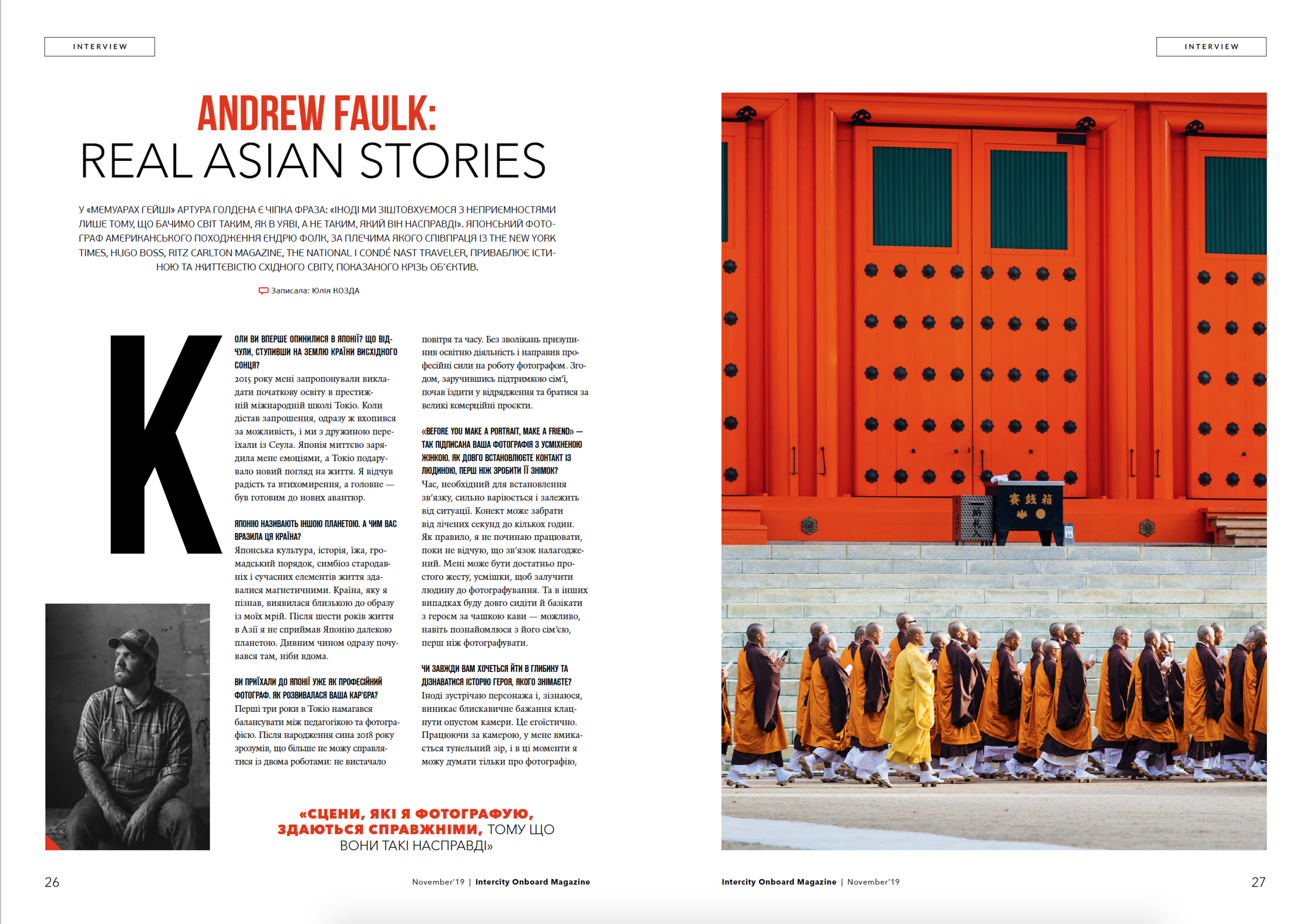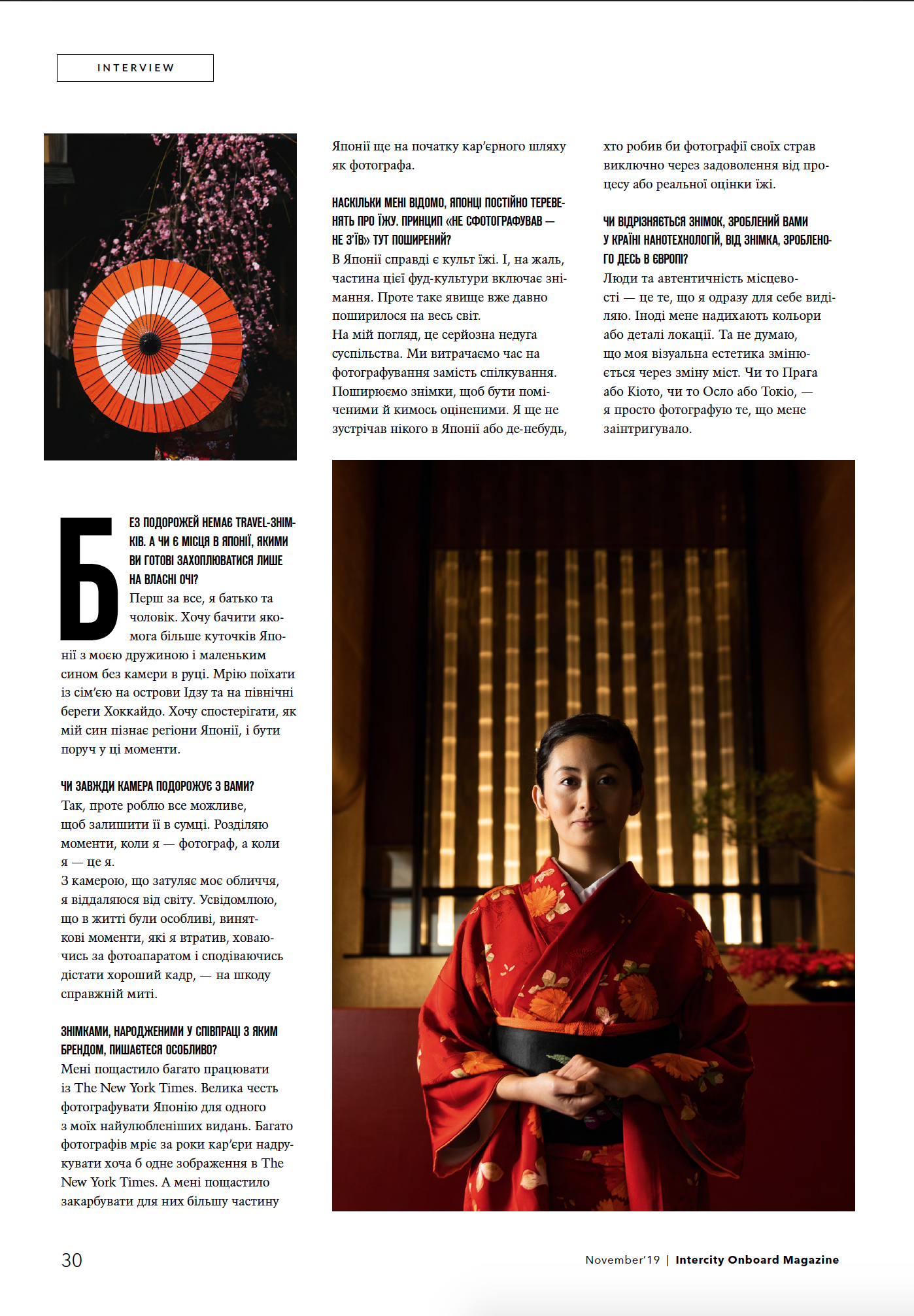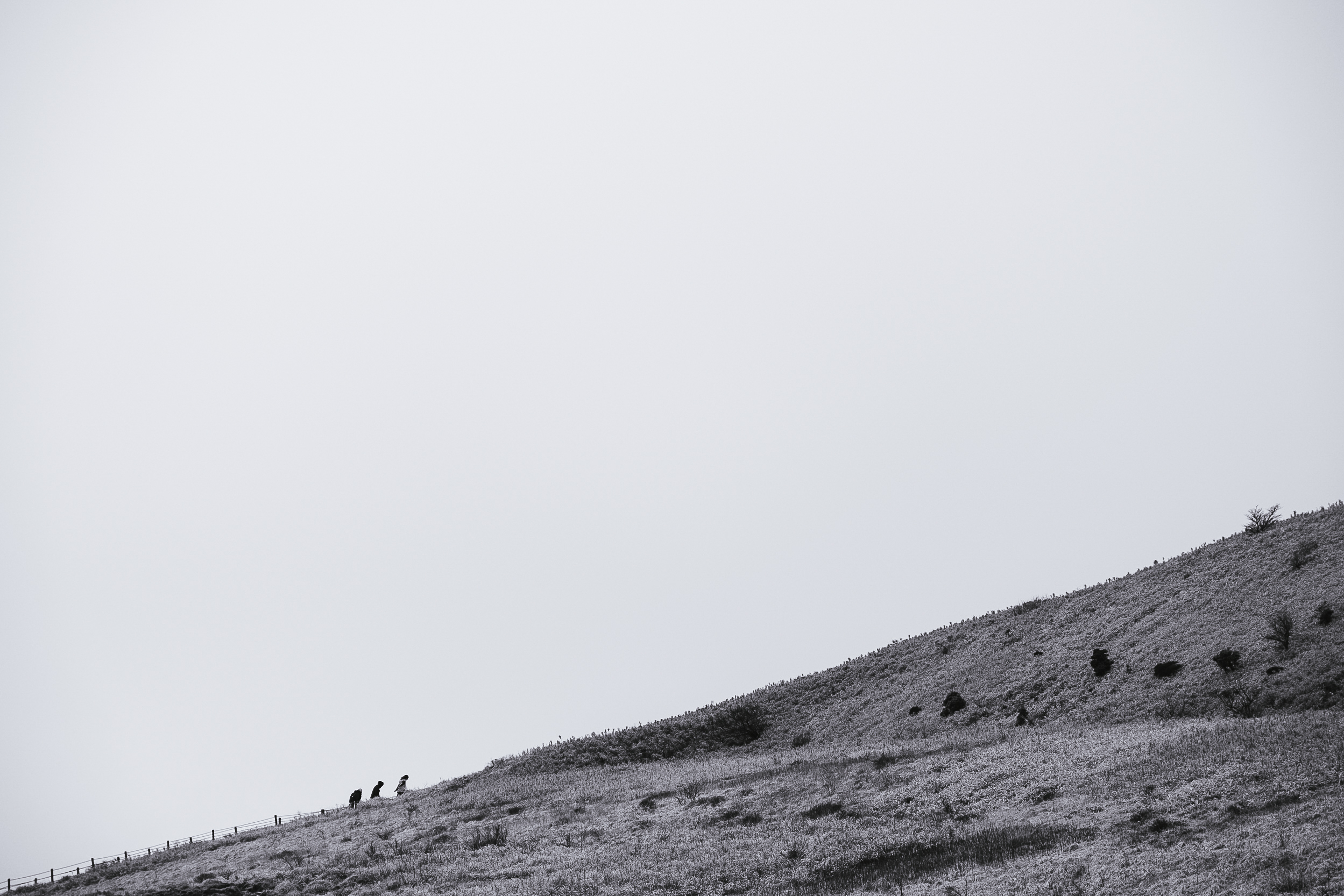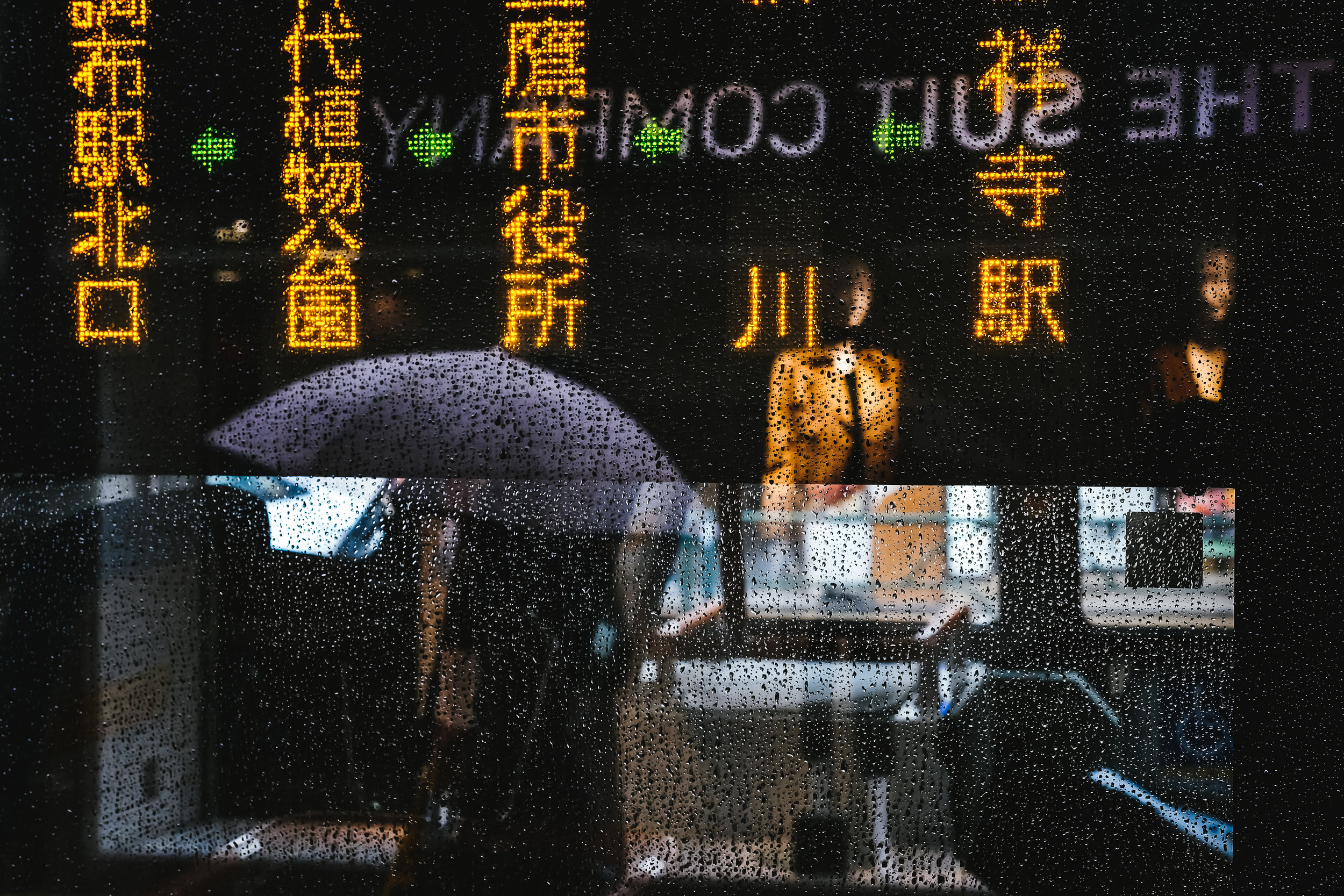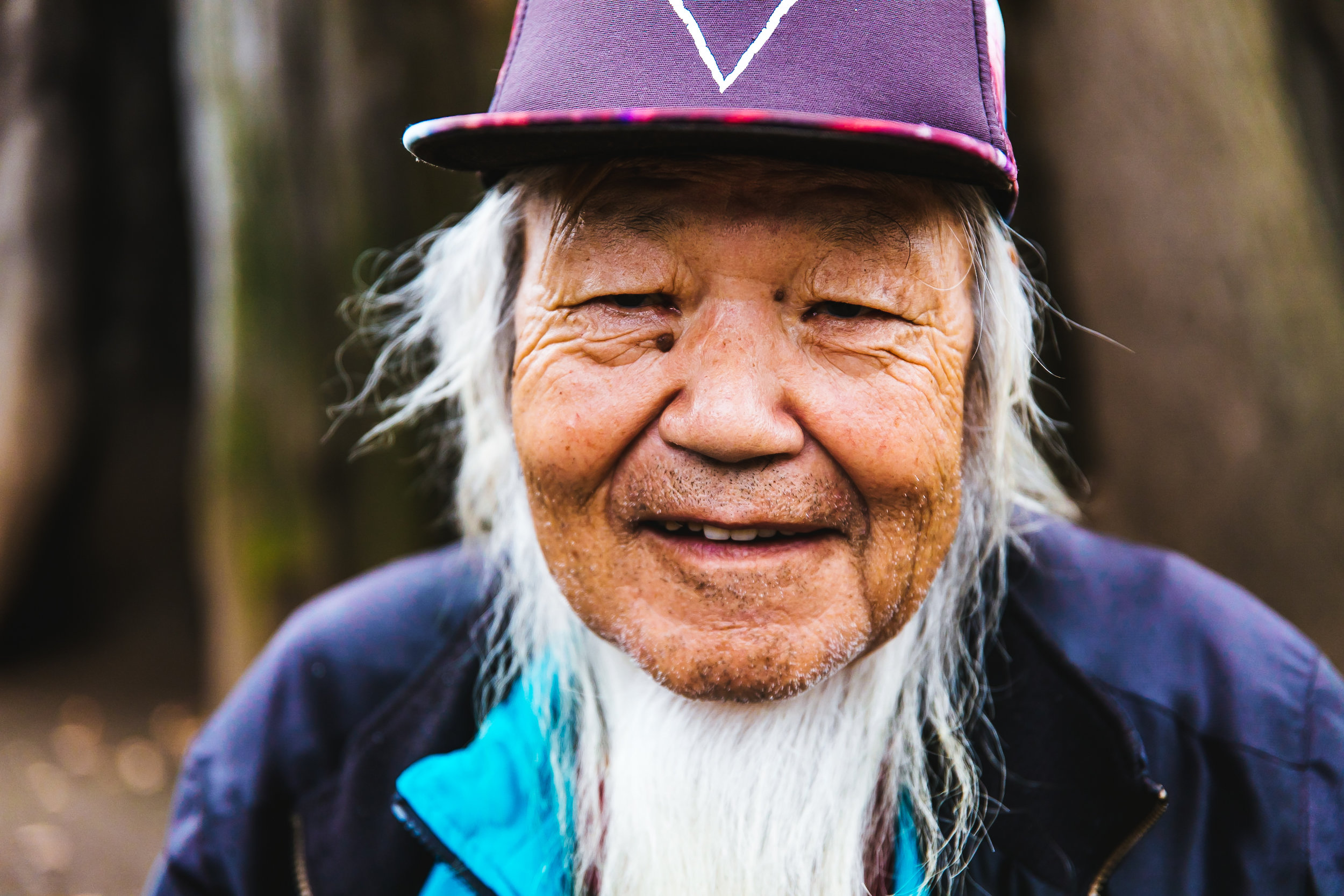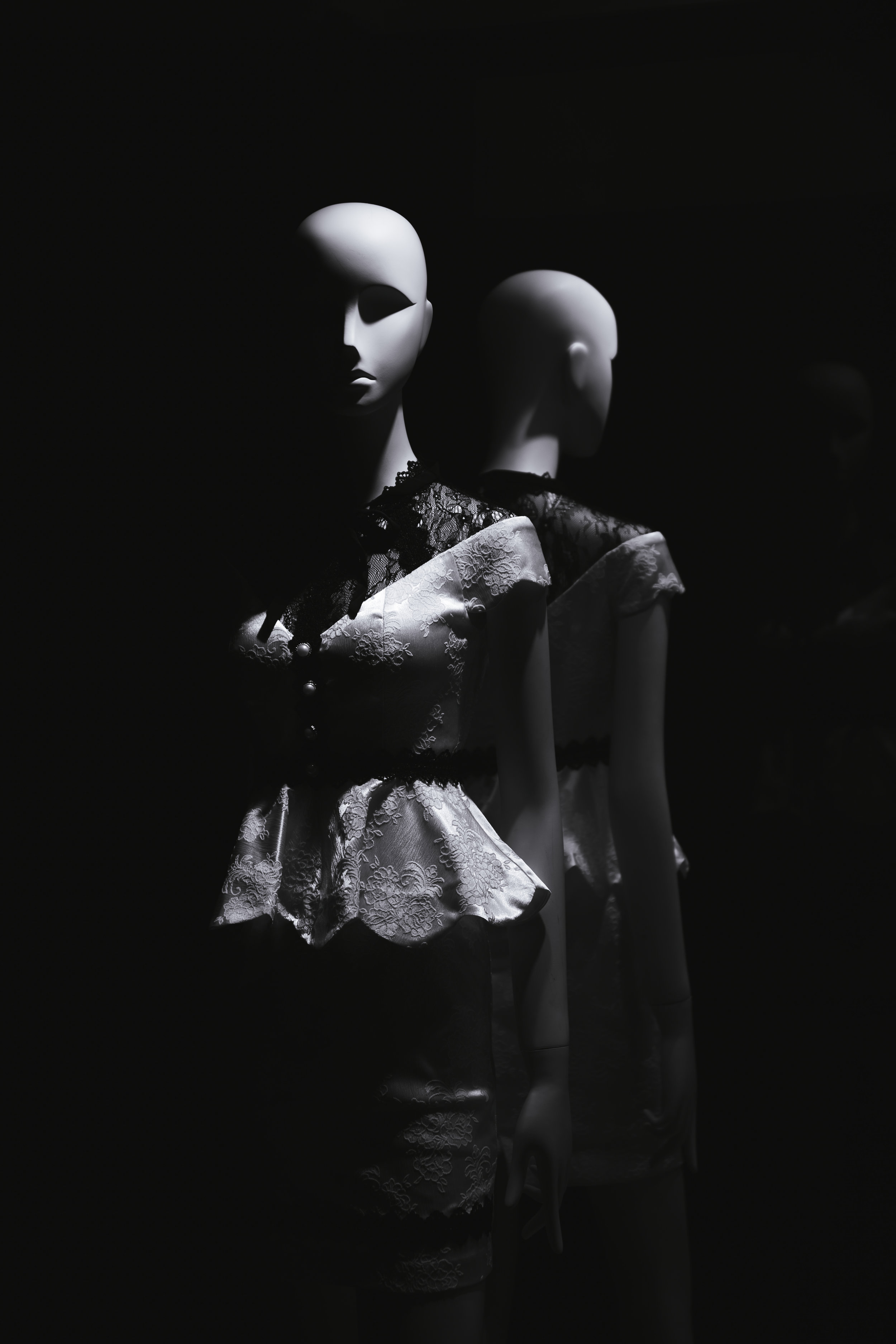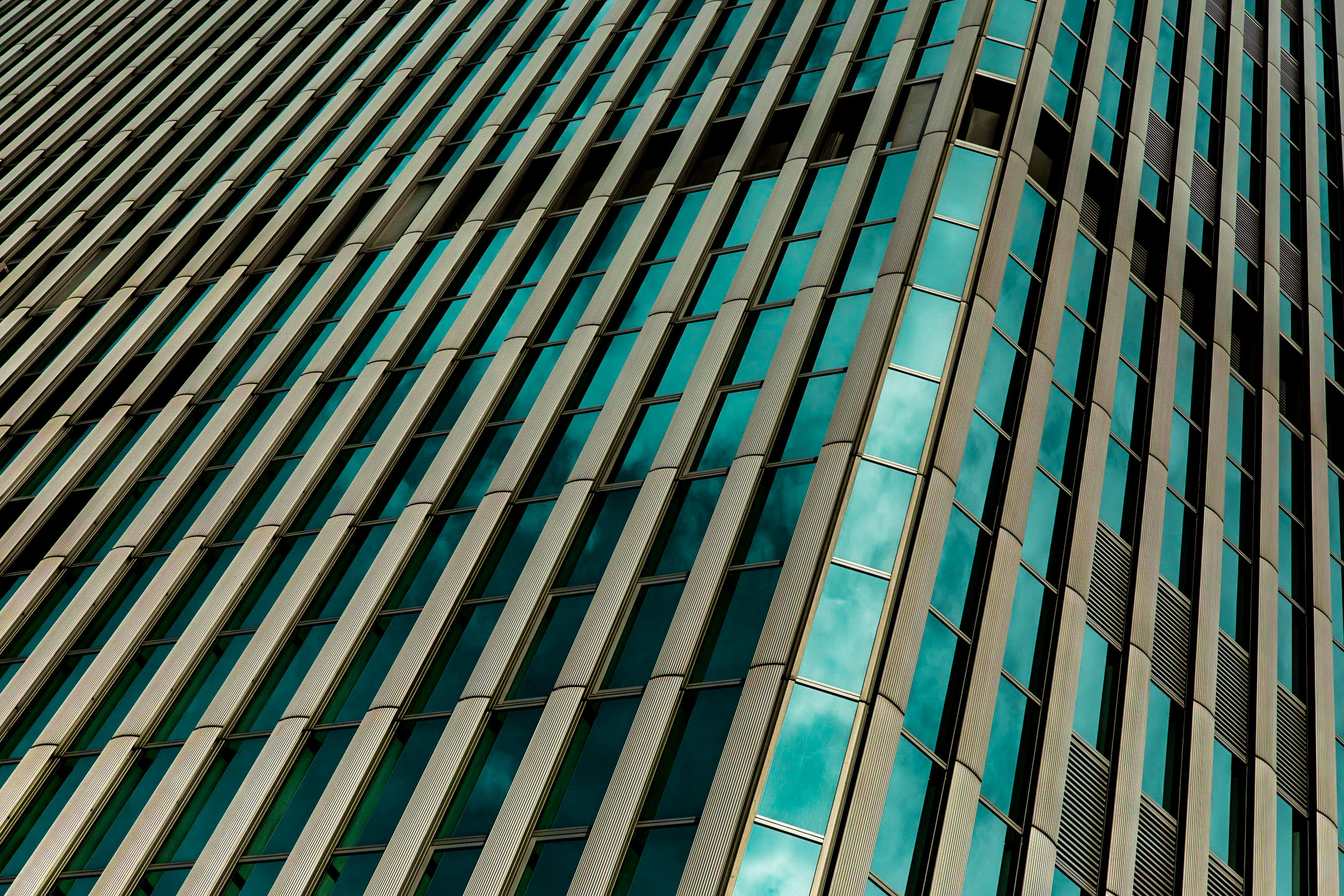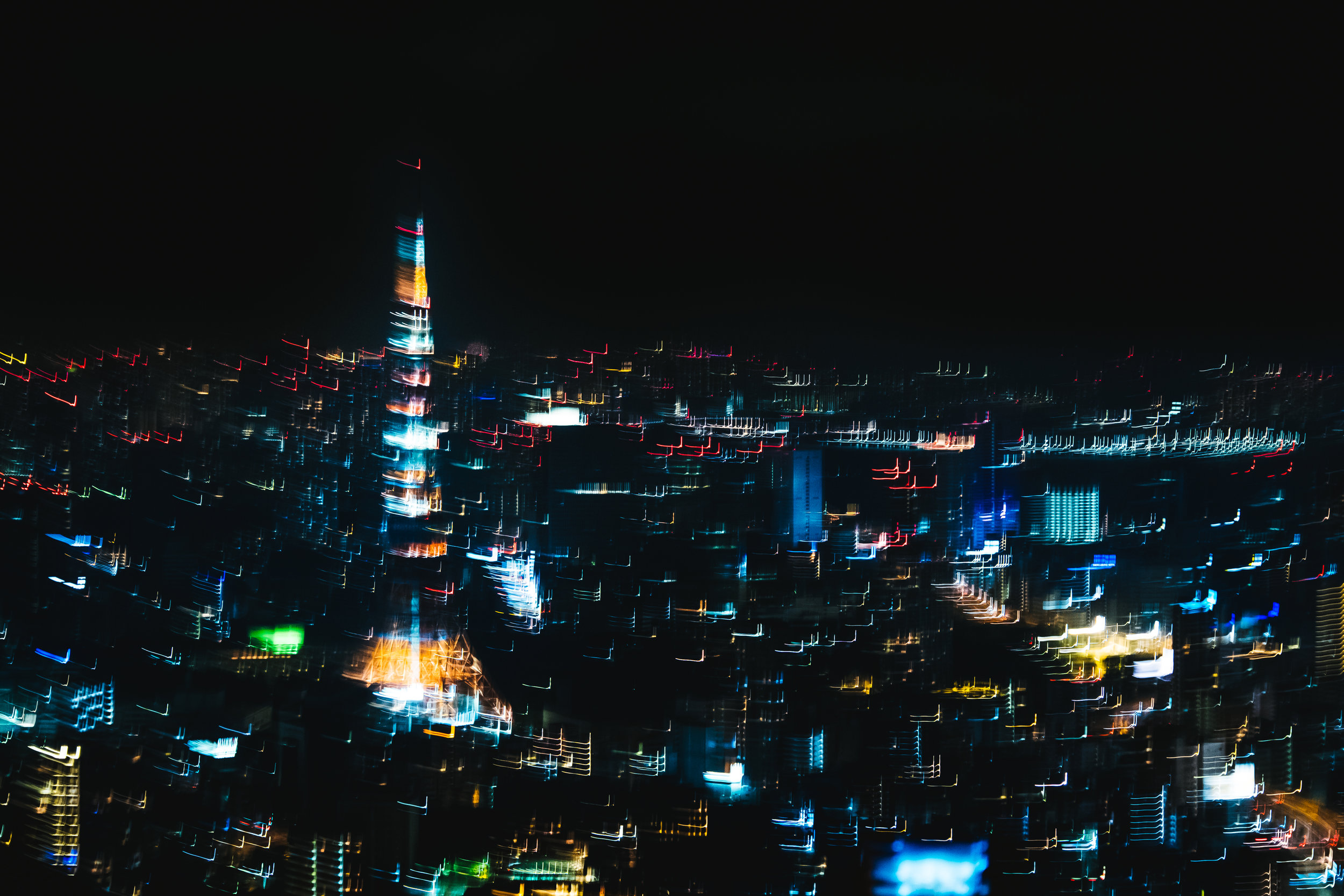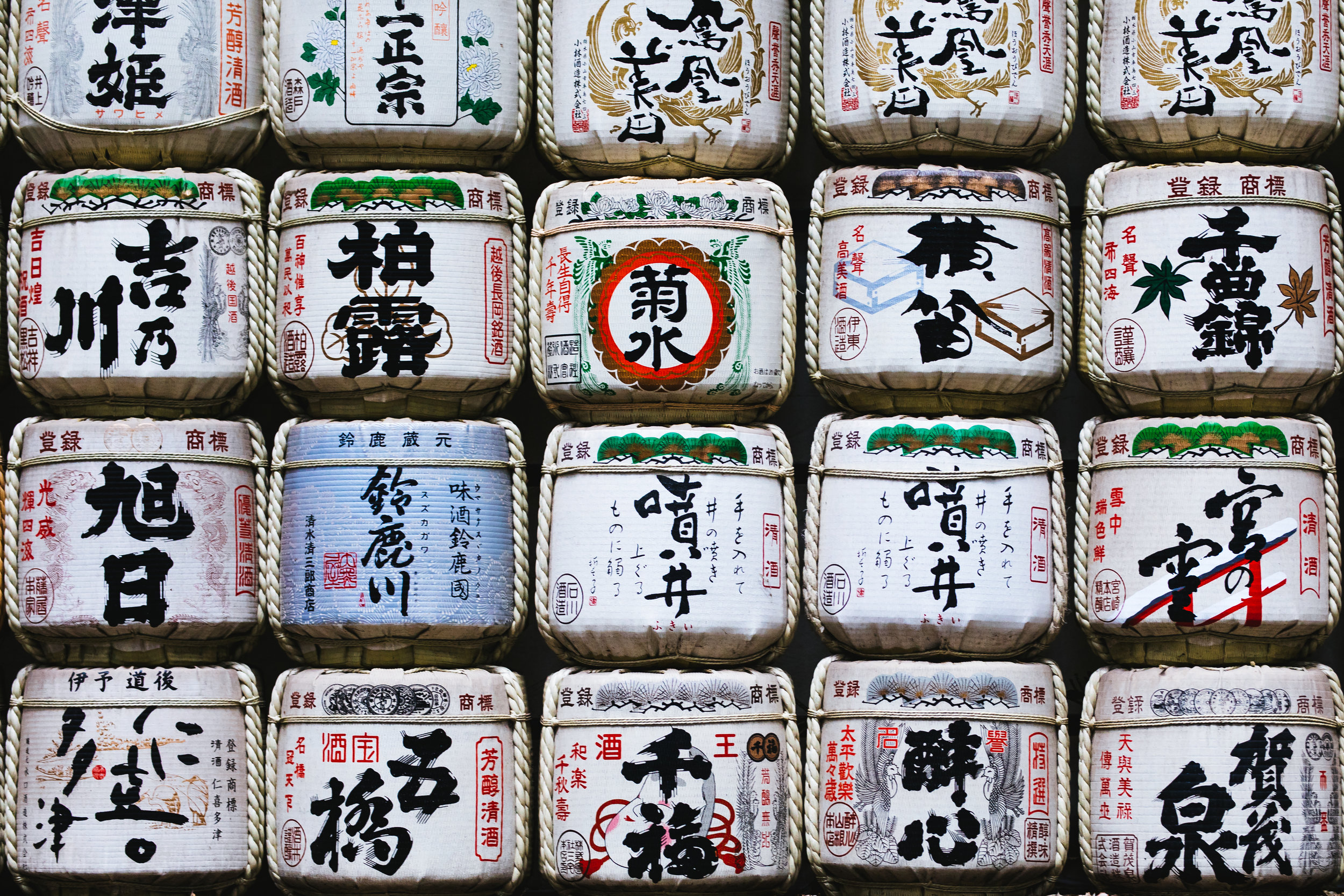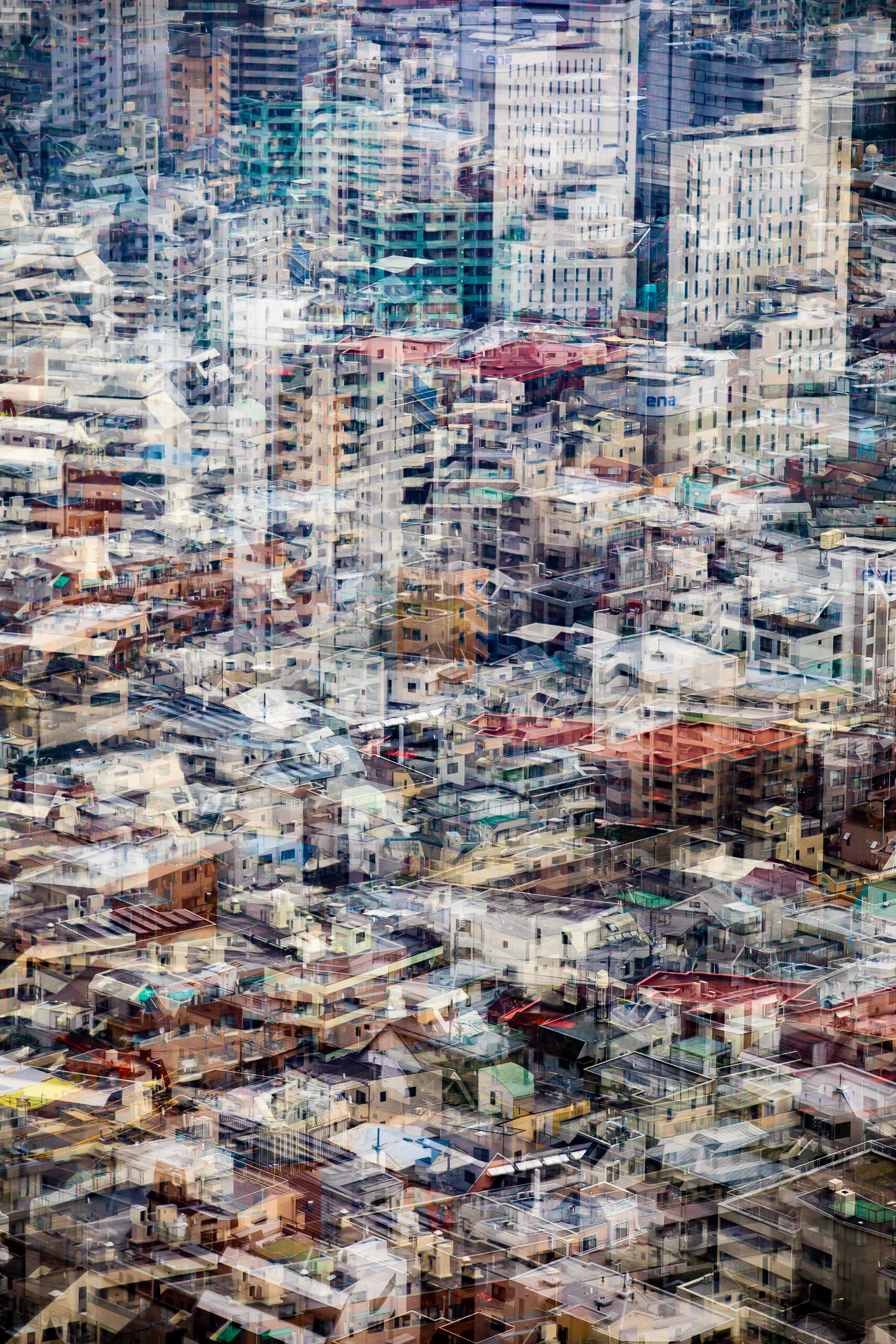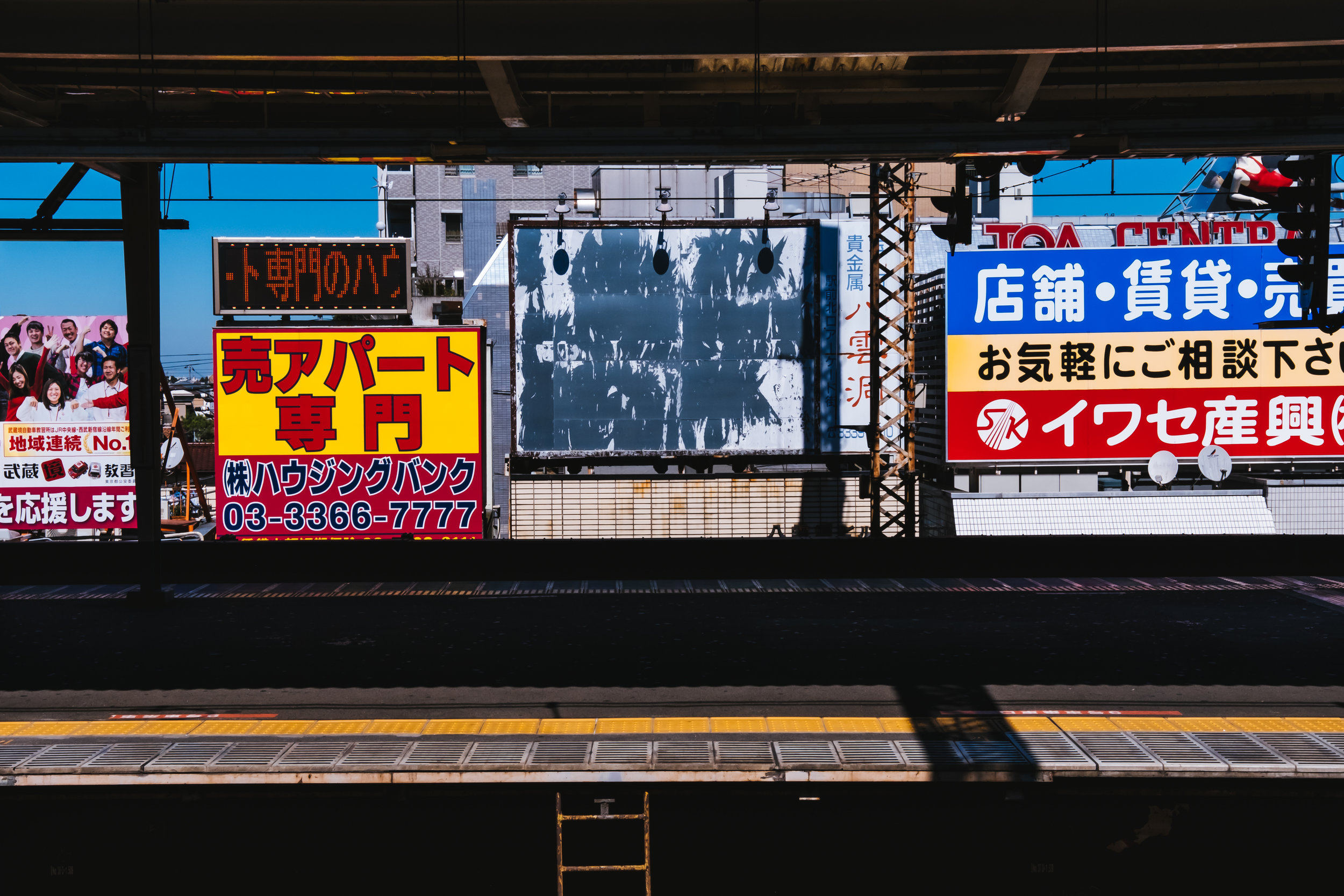As a travel photographer based in Japan, I was fortunate to be commissioned by The New York Times to document Morioka for their annual “52 Places to Go” list. With the worries of Covid-19 diminishing and international travel finally gathering momentum again, I agreed with Morioka as one of the Times’ selections. It was the right moment to look beyond Japan’s typical destinations—the glittering cities and famous landmarks—and focus instead on quieter places like Morioka, a city that doesn't clamor for attention. Quiet, yes, but no less essential.
Morioka sits in northern Japan, nestled within Iwate Prefecture, a region shaped by rivers, mountains, and long seasons. It’s the kind of place many travelers might bypass on their way to the known—Sendai to the south, Hokkaido to the north. Stepping off the Shinkansen, I felt an immediate shift: a soft rhythm, a town not in a hurry. Compared to the constant rush of Tokyo, where I live, Morioka moved with patience, unfolding at its own pace.
At the heart of the city, the Morioka Castle Ruins remain, their old stone walls partially standing, surrounded by public parks. There’s no grand reconstruction here—just a humble honoring of what once was. Photographing the ruins, I was struck by how subtly the history announces itself. Nothing flashy, nothing forced. Just the stones, moss-covered and weatherworn, holding their shape and story.
Nearby, I walked through neighborhoods lined with preserved wooden buildings, many still housing family-run shops or lived-in homes. These structures bore the touch of age not as decay, but as care—weathered eaves, hand-carved signs, doors that creaked just so. As I photographed, I found myself imagining the people who had passed through these spaces before: shopkeepers, schoolchildren, grandparents, neighbors. It was easy to feel connected.
Beyond the city center, nature wasn’t far. The Kitakami River threads its way through town, and beyond that stretch forests, hills, and seasonal color. Exploring the hillsides around the city, I found a deep stillness, the kind that makes you lower your voice.
For me, the most rewarding part of travel photography is not just capturing what a place looks like, but what it feels like. In Morioka, that meant noticing how people greeted each other on the street, how shops opened slowly in the morning light, how a bowl of soba tells a story that doesn’t need translating. It meant letting go of the rush to “see everything” and instead trusting that the story was already there.
What I found in Morioka was a city calmly rooted, honoring its past without nostalgia and carrying itself into the future without fanfare. There’s no obvious spectacle, no landmark begging for a hashtag. And maybe that’s why it stands apart. As more travelers seek out genuine connection rather than curated spectacle, I hope Morioka finds its way onto more itineraries. It’s a place that asks little of you, but offers much in return. For me, my time in Morioka was a reminder that some of the most meaningful stories begin not with what you expect to see, but with what surprises you when you stop and look around.
Read the full interactive piece on The New York Times here or reach out to commission any editorial/travel assignment you have in Japan or beyond.




















































